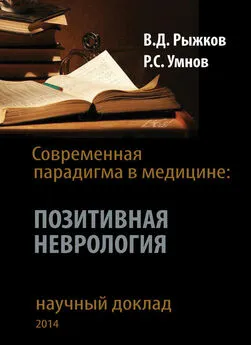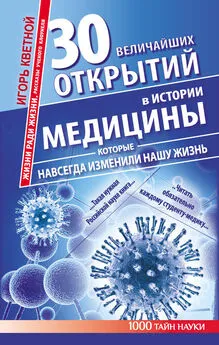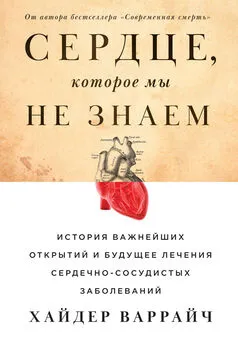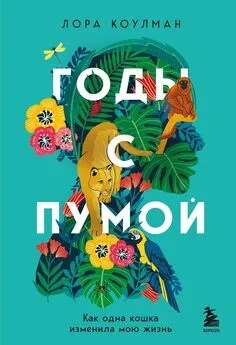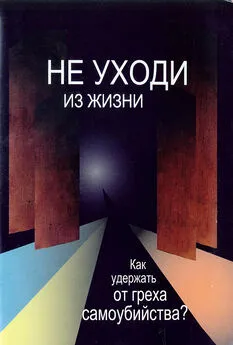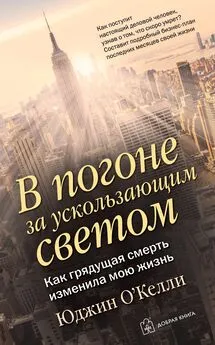Хайдер Варрайч - Современная смерть. Как медицина изменила уход из жизни
- Название:Современная смерть. Как медицина изменила уход из жизни
- Автор:
- Жанр:
- Издательство:Альпина нон-фикшн
- Год:2021
- Город:Москва
- ISBN:978-5-0013-9427-3
- Рейтинг:
- Избранное:Добавить в избранное
-
Отзывы:
-
Ваша оценка:
Хайдер Варрайч - Современная смерть. Как медицина изменила уход из жизни краткое содержание
По сравнению с серединой XX столетия радикально изменились все аспекты окончания нашей жизни — от чего мы умираем, когда умираем, где умираем и как умираем. В результате прогресса медицинской науки и медицинских технологий даже само определение смерти теперь формулируется иначе — что уж говорить о ее экологии, эпидемиологии, экономике и этике. Американская медицина прошла за это время огромный путь освоения новых подходов к смерти и умирающим — путь, на который в некоторых отношениях еще только предстоит вступить России. В своей дебютной книге доктор Варрайч рассказывает о сегодняшних ритуалах смерти и о ее современном языке — и на основе своего опыта лечащего врача в отделении интенсивной терапии крупной американской больницы задумывается о том, что лучше получалось у наших предков и в чем мы явно превзошли их.
Современная смерть. Как медицина изменила уход из жизни - читать онлайн бесплатно ознакомительный отрывок
Интервал:
Закладка:
Chabra S. The diary of another nobody. Oblomov’s Sofa . September 2014.
621
Erlanger S. A writer whose pen never rests, even facing death. New York Times . October 31, 2014.
622
Warraich H. The rituals of modern death. New York Times . September 16, 2015.
623
Lowney AC, O’Brien T. The landscape of blogging in palliative care. Palliat Med . 2012; 26 (6): 858-59.
624
Smith B. Dying in the social media: when palliative care meets Facebook. Palliat Support Care . 2011; 9 (4): 429-30.
625
Cha AE. Crowdsourcing medical decisions: ethicists worry Josh Hardy case may set bad precedent. Washington Post . March 23, 2014.
626
Wernick A. Social media is transforming the way we view death and grieving. PRI.org. www.pri.org/stories/2014-12-11/social-media-transforming-way-we-view-death-and-grieving. December 2014.
627
Miller D. Hospices — the potential for new media. www.ucl.ac.uk/anthropology/people/academic_staff/d_miller/mil-28. 2015.
628
Johnson I. Nobel renews debate on Chinese medicine. New York Times . October 10, 2015.
629
Borland S. How NHS dehumanises patients, by doctor, 32, who is dying of rare form of cancer. Daily Mail . June 6, 2014.
630
Miller, Hospices.
631
Davies C. The death café. Aeon. aeon.co/magazine/philosophy/death-has-become-too-sanitised/. September 11, 2013.
632
Hayasaki E. Death is having a moment. Atlantic . October 25, 2013.
633
Reese H. The college course that’s all about death. Atlantic . January 14, 2014.
634
O’Connor K. The death-positive movement. Pacific Standard Magazine . May 16, 2013.
635
Blackie LE, Cozzolino PJ. Of blood and death: a test of dual-existential systems in the context of prosocial intentions. Psychol Sci . 2011; 22 (8): 998-1000.
636
Vail KE III, Juhl J, Arndt J, Vess M, Routledge C, Rutjens BT. When death is good for life: considering the positive trajectories of terror management. Pers Soc Psychol Rev . 2012; 16 (4): 303-29.
637
Aldwin CM, Molitor NT, Avron S III, Levenson MR, Molitor J, Igarashi H. Do stress trajectories predict mortality in older men? Longitudinal findings from the VA Normative Aging Study. J Aging Res . 2011; 2011: 896109.
638
Periyakoil VS, Neri E, Fong A, Kraemer H. Do unto others: doctors’ personal end-of-life resuscitation preferences and their attitudes toward advance directives. PLoS ONE . 2014; 9 (5): e98246.
639
Gallo JJ, Straton JB, Klag MJ, Meoni LA, Sulmasy DP, Wang NY, et al. Life-sustaining treatments: what do physicians want and do they express their wishes to others? J Am Geriatr Soc . 2003; 51 (7): 961-69.
Интервал:
Закладка:

